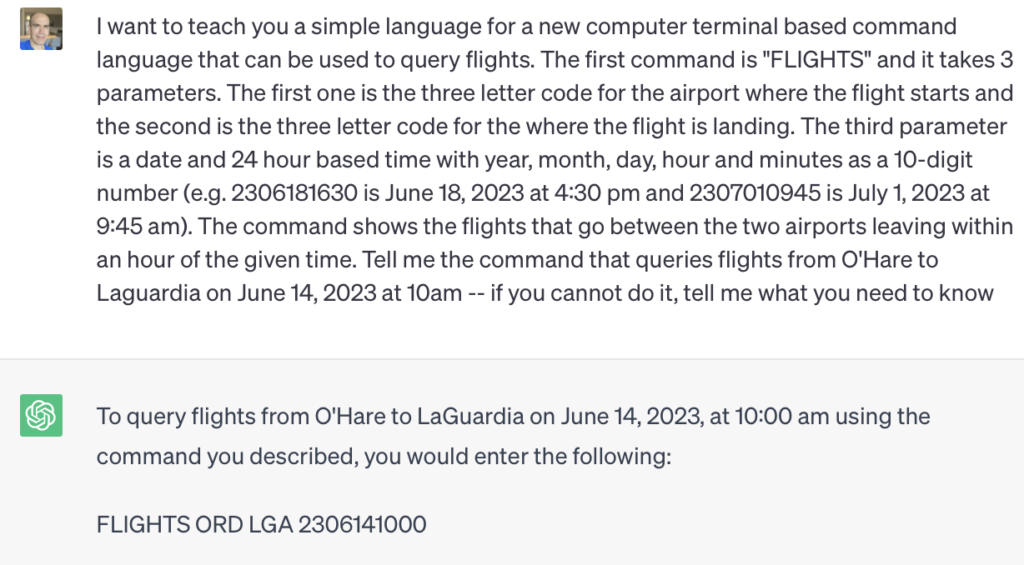I can’t say I recommend learning assembly, and I never really had to write much professionally, but knowing it has been helpful in giving me a mental model of what is happening inside a computer.
I started with assembly soon after I started programming in BASIC. In the eighties, all of the computer magazines listed assembly programs because that was the only way to do some things. Jim Butterfield’s Machine Language for the C64 [amazon affiliate link] was a classic.
In college, I used assembly in a few classes. In Computer Architecture we had to write a sort algorithm in VAX assembly, and in my Compilers course, we had to generate assembly from C (and then we were allowed to use an assembler to make the executable).
This was last time I wrote any significant amount of assembly, but in all of the time I worked in C, C++, Java, C#, and Objective-C, I found myself needing to read the generated assembly or bytecode on a lot of occasions. There were some bugs that I probably could have only figured out this way. Knowing how different calling conventions work in C on Windows was part of my interview at Atalasoft (and it was actually important to know that on the job).
So, if you have any interest in it, I would try it out. The main issue is that modern instruction sets are not optimized for humans to write. But, I learned 6502 assembler on a C64, and if you learn that then you can get into the wonderful world of C64 Demos.
